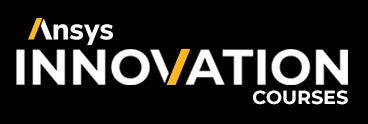Two-Phase Flow Measurement Techniques Lesson-5
This lesson covers the measurement techniques in two-phase flow and heat transfer. It delves into the analysis of signals obtained from these measurements, focusing on the difference between analog and digital signal analysis. The lesson also discusses various measurement techniques based on the lag between information transfer at the interface. It further explains the use of electrical conductivity probes and optical probes, and how signal analysis from these probes can be done via probability density function and wavelet analysis. The lesson also provides a detailed explanation of different sensing methods available in two-phase flow, and how these methods exploit the significantly different properties of the phases involved.
Video Highlights
02:25 - Technologies used for measurement of two-phase flow
06:38 - Primitive technique for measurement of void fraction
08:28 - Overview of modern techniques for signal analysis
09:33 - Methodologies for measuring two-phase parameters
27:15 - Discussion on the use of wavelet analysis for signal processing
Key Takeaways
- Two-phase flow measurement techniques are based on the lag between information transfer at the interface.
- Different measurement techniques are devised based on the different properties of the fluids involved in the two-phase flow.
- The lesson discusses the difference between analog and digital signal analysis.
- Electrical conductivity probes and optical probes are used for measurement in two-phase flow.
- Signal analysis from these probes can be done via probability density function and wavelet analysis.
- Different sensing methods are available in two-phase flow, which exploit any property that is significantly different for the phases.

